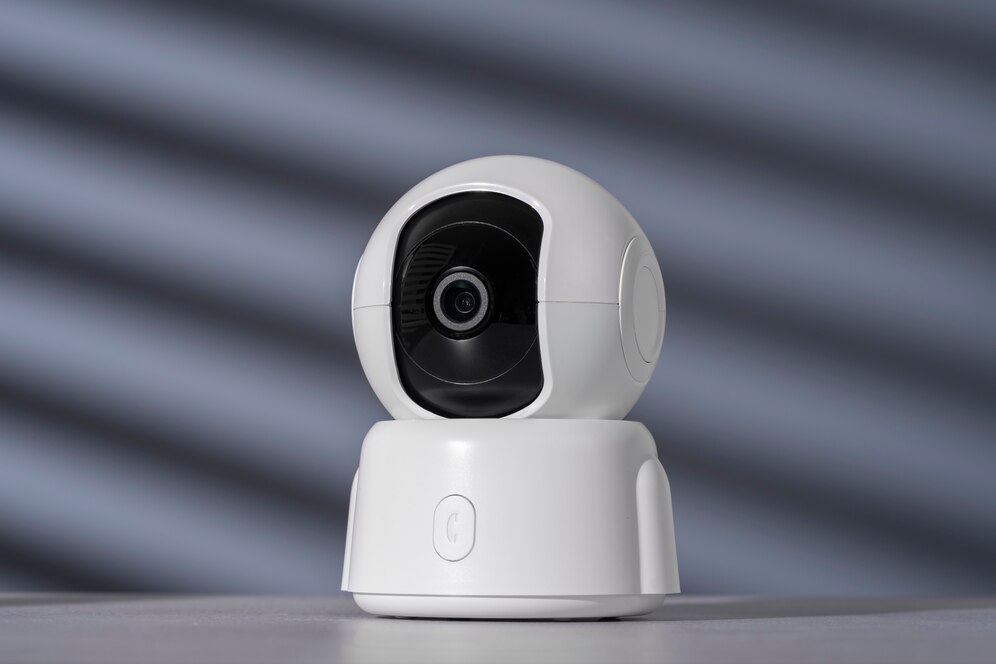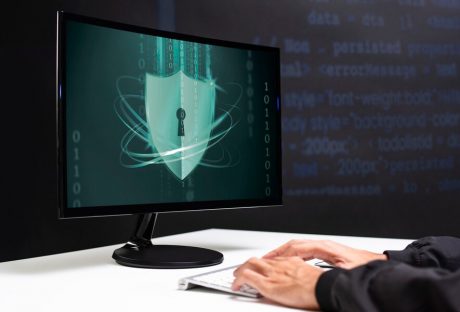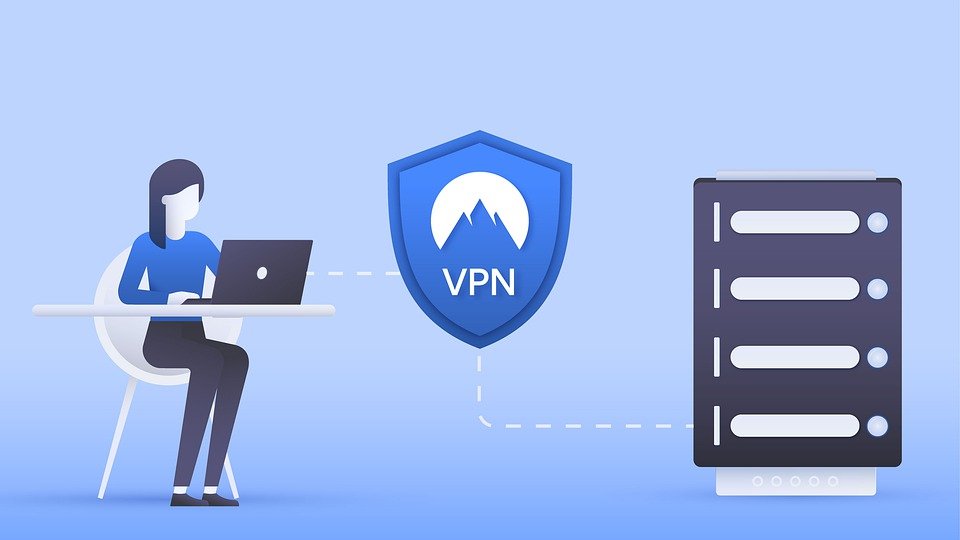Closed-circuit television (CCTV) cameras that are portable have become indispensable for keeping an eye on and protecting a variety of locations.
The correct portable CCTV camera must be chosen for outdoor activities, business, or personal use to provide the best performance and satisfy particular security requirements.
This article will explore key factors to consider when choosing a portable CCTV camera, helping you navigate the plethora of available options.
1. Intended Use and Environment: Define Your Needs
Clearly defining your intended usage and the location of the portable CCTV camera is the first step toward choosing the best one. Certain qualities are needed in different scenarios.
A small, inside camera can be plenty for home security, but an outdoor activity could require a tough, weatherproof gadget. A clear idea of where and how you want to use the camera will help you make decisions.
2. Resolution and Image Quality: Clarity Matters
The quality of a CCTV camera’s photos and videos is determined by its resolution. Sharper details from higher-resolution cameras facilitate the identification of faces, license plates, and other important elements.
Look for cameras with a minimum resolution of 1080p; for more precise monitoring needs, go for higher resolutions like 4K. One thing that cannot be compromised when it comes to security is image quality.
3. Battery Life and Power Source: Ensure Reliability
Because portable CCTV cameras run on batteries, battery life is an important factor to consider. Extended periods of monitoring and fewer recharges are associated with longer battery life.
Please consider how simple it is to replace or recharge the batteries. While certain cameras use replaceable batteries, others utilize rechargeable ones. Select a camera based on your needs, tastes, and the usefulness of the intended usage.
4. Wireless Connectivity: Embrace Convenience
A revolutionary development in the field of portable CCTV cameras is wireless communication. Seek out cameras that support Wi-Fi or Bluetooth, as these features let you use a smartphone or tablet to monitor and operate the camera from a distance.
This feature improves convenience by enabling real-time monitoring without requiring a direct physical connection. It also makes it simple to retrieve videos for sharing or critique.
5. Storage Options: Balance Capacity and Convenience

Think about the storage capacities that the movable CCTV camera provides. The majority of cameras record video on memory cards or internal storage. Determine the camera’s storage and whether it works with various memory cards.
To further secure your video, some cameras additionally include cloud storage alternatives. Select a camera based on your required storage and how long you want to keep recordings.
6. Night Vision Capability: Enhance 24/7 Security
A portable CCTV camera with night vision capability is necessary for thorough surveillance, particularly in low light. The camera can take crisp pictures and films in the dark with the help of infrared (IR) LEDs or other cutting-edge night vision technologies. Examine the effectiveness and range of the night vision feature to make sure it satisfies the needs of your particular use case.
7. Motion Detection and Alerts: Stay Proactive
Motion detection is an essential component that causes the camera to begin recording when movement is detected inside its range of view. You can receive real-time updates and notifications on your linked device from cameras with motion detection capabilities. This proactive feature is particularly helpful for keeping an eye on unexpected activity in certain regions or for home security.
8. Weather Resistance and Durability: Adaptability Matters
Consider the weather resistance and general durability of the portable CCTV camera if you intend to use it outside or in difficult conditions. Seek for cameras with proper Ingress Protection (IP) ratings, which reflect how resistant they are to water and dust.
The longevity and dependability of the camera are increased by its sturdy construction, which makes it resistant to a range of weather conditions and environmental influences.
9. Ease of Installation and Use: Simplify Setup

Select a portable CCTV camera that is user-friendly and simple to set up. Certain cameras are packaged with flexible adapters or magnetic mounts for easy and quick installation. The user experience is further improved with intuitive mobile apps or user interfaces. Select a camera based on its compatibility with your technical expertise and ease of setup and use.
10. Brand Reputation and Reviews: Validate Reliability
Examine the brand’s reputation and consumer feedback before deciding on a choice. Positive reviews for well-known brands increase the likelihood of dependable, high-quality products being delivered.
Consider what customers say about the camera’s functionality, robustness, and customer service. You may make an informed selection using this information, which can offer insightful information.
Choose the Right Portable CCTV Camera
It’s important to carefully analyze your unique needs and the characteristics that meet them when selecting the best portable CCTV camera. Your intended camera usage will depend on several factors, including wireless connectivity, durability, image resolution, and battery life.
By carefully weighing these factors and keeping up with emerging technology, you can choose a portable CCTV camera that improves security protocols and gives you peace of mind in various situations.
Read Also:






















